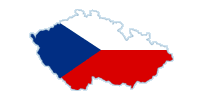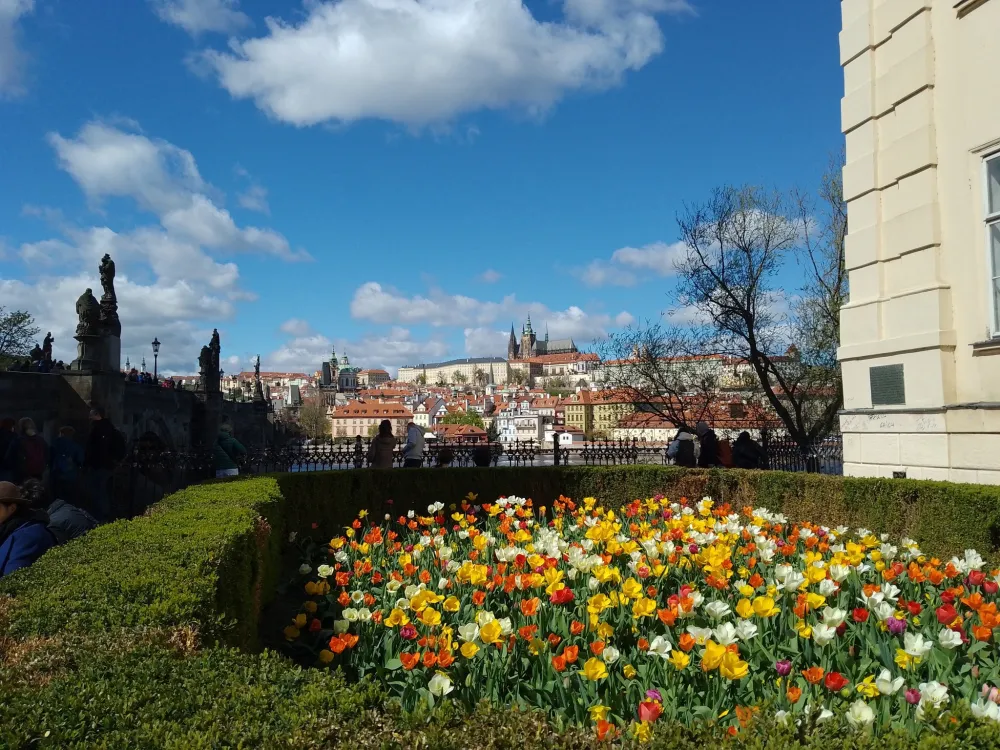Prague Guide 
The capital and largest city of the Czech Republic is famous for its historic architecture, such as Prague Castle, Charles Bridge, and numerous churches and towers, which earned it the nickname “the city of a hundred towers.” Not only does the Vltava River flow here, but so does beer from local breweries.
Monuments and sights - The most famous monuments in Prague, such as Charles Bridge, Prague Castle, Astronomical Clock, Old Town Square, St. Vitus Cathedral.
Accommodation - Recommendations for verified accommodation in the center of Prague and beyond, from luxury hotels, apartment accommodation to cheap hostels.
Practical advice - How to travel around the city, where to enjoy the best view, where to see outside the center?
Food and drink - Tips for local specialties and good restaurants.
Weather - The best time to visit Prague, year-round and current weather forecast.
Celebrities - Politicians, scientists, artists who lived and worked in Prague.

Over a million people live in the capital of the Czech Republic. Prague covers an area of approximately 500 km² and is crossed by the longest Czech river, the Vltava. The geographical centre of Europe is located not far from Prague in the Czech Republic – that is why the Czech Republic is called the heart of the old continent.
Thanks to its well-preserved medieval streets, hundreds of towers, beautiful squares and iconic monuments, it is one of the most beautiful European metropolises and is rightly included in the UNESCO World Cultural and Natural Heritage List. From the Gothic Charles Bridge and the Old Town Square with the world-famous astronomical clock, to Art Nouveau gems and modern buildings such as the Dancing House - Prague will enchant you at every turn.

The long and interesting history of Prague began thousands of years ago. Before our era, the Celts lived here, who were then replaced by the Germans. During the migration of peoples in the 6th century, the Slavs came here and stayed here. The first Czech principalities and Prague Castle were established in the 9th century under the Přemyslid rulers. During the 12th and 13th centuries, the influence of the Czech kings grew stronger thanks to the wealth coming from the silver mines in Kutná Hora. In the 14th century, under the reign of Charles IV, Prague was the center of the Holy Roman Empire. Famous monuments such as the Charles Bridge date from this period.

The city offers a rich selection of classical music concerts in churches or concert halls. Many museums and galleries are housed in historic Renaissance and Baroque palaces, for example, the National Gallery has branches in the Schwarzenberg or Salm Palaces.
You can taste local and international cuisine and great Czech beer in a number of stylish establishments, traditional pubs and small breweries. For example, the U Fleků brewery has been brewing beer continuously since 1499!

Millions of visitors from all over the world are attracted here not only by the beautiful historic center, but also by safety and good accessibility. The city center is best explored on foot.
Prague offers quality information centers and guide services.
Prague is home to many good universities, including Charles University, the oldest university in Central Europe. And beware – if you study in Czech, the studies are free.